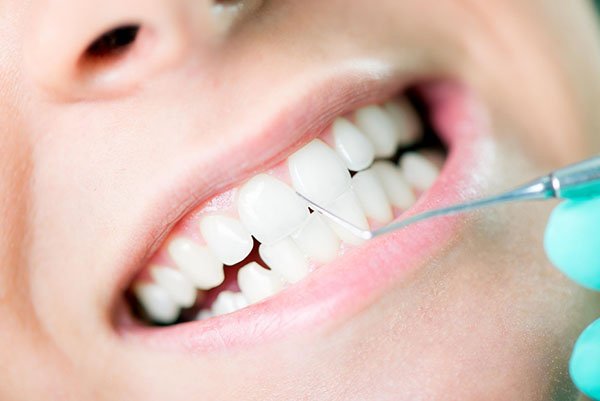Gum Disease Treatment: Is Your Oral Health at Risk?
Gum disease, also known as periodontal disease, is a common yet serious condition that affects the tissues surrounding and supporting your teeth. It starts with plaque buildup on the teeth, leading to inflammation of the gums. If left untreated, it can result in tooth loss and other severe health complications. Understanding gum disease treatment is crucial to maintaining optimal oral health.
What Causes Gum Disease?
Gum disease typically begins with poor oral hygiene that encourages plaque—a sticky, colorless film of bacteria—to form on the teeth. Plaque can irritate the gums and cause gingivitis, the earliest stage of gum disease. Gingivitis is characterized by swollen, bleeding gums, but it is usually reversible with good oral hygiene practices like regular brushing, flossing, and professional cleanings.
If gingivitis is left untreated, it can progress to periodontitis. At this stage, the inflammation in the gums becomes more severe, causing pockets to form between the teeth and gums, which can lead to loss of tooth-supporting bone. At this point, gum disease treatment may become more involved and require professional intervention.
Signs and Symptoms of Gum Disease
Recognizing the signs and symptoms of gum disease is key to preventing its progression. Some common symptoms include:
- Swollen or red gums
- Bleeding gums while brushing or flossing
- Persistent bad breath
- Loose teeth or shifting teeth
- Receding gums, making teeth appear longer
- Pain when chewing or brushing
If you notice any of these signs, it is important to seek gum disease treatment promptly. Early intervention can often prevent further damage to your oral health.
Gum Disease Treatment Options
The type of gum disease treatment you require depends on the severity of the condition. For mild cases, professional cleaning by a dentist or hygienist may be enough to remove plaque and tartar, thus reversing the effects of gingivitis. In more advanced cases, however, deeper cleaning procedures and surgical interventions might be necessary.
- Professional Cleaning: If you have gingivitis, your dentist may recommend a deep cleaning called scaling and root planing. This procedure involves cleaning beneath the gum line to remove plaque and tartar buildup. Root planing smoothens the surface of the teeth roots to promote reattachment of the gums.
- Antibiotics: To help control the infection, your dentist may prescribe antibiotics in the form of mouth rinses or oral tablets. These can help reduce bacteria and support the healing process.
- Surgical Treatment: In advanced cases of gum disease, surgery may be required. Procedures like flap surgery or bone and tissue grafts help restore the bone and tissues lost due to periodontitis. Flap surgery involves lifting the gums to remove tartar and bacteria beneath the gum line, while bone grafts help regenerate lost bone.
- Laser Treatment: Some clinics offer laser treatment to remove infected tissue and promote healing in the gums. This method is minimally invasive and can be a less painful alternative to traditional surgery.
Prevention: How to Avoid Gum Disease?
Preventing gum disease is easier than treating it. A proper oral hygiene routine is key to maintaining healthy gums. Here are a few tips to help prevent gum disease:
- Brush your teeth twice a day with fluoride toothpaste.
- Floss daily to remove plaque between teeth and along the gum line.
- Visit your dentist regularly for checkups and professional cleanings.
- Avoid smoking, as it weakens your immune system and makes it harder to fight off gum infection.
Conclusion: Why Choose Elite Body Home Polyclinic for Gum Disease Treatment?
At Elite Body Home Polyclinic, we prioritize your oral health with personalized gum disease treatments designed to restore your smile. Our experienced dental professionals use advanced techniques and state-of-the-art equipment to ensure the best possible care for your gums and teeth. Schedule a consultation today and take the first step toward a healthier, brighter smile!



